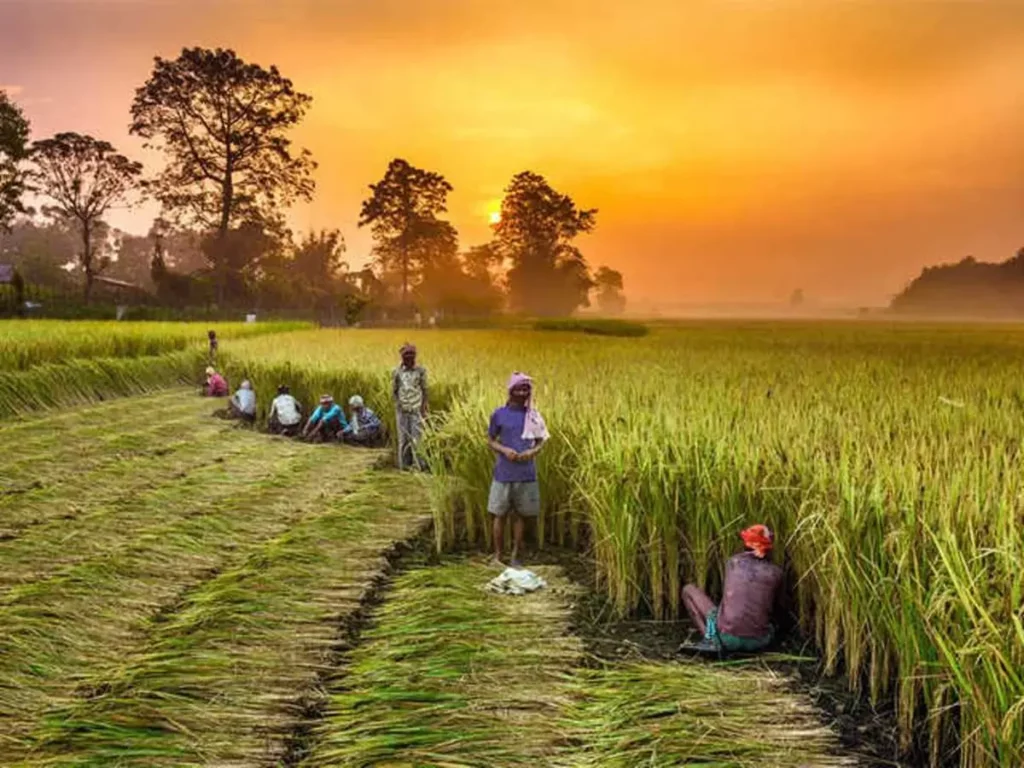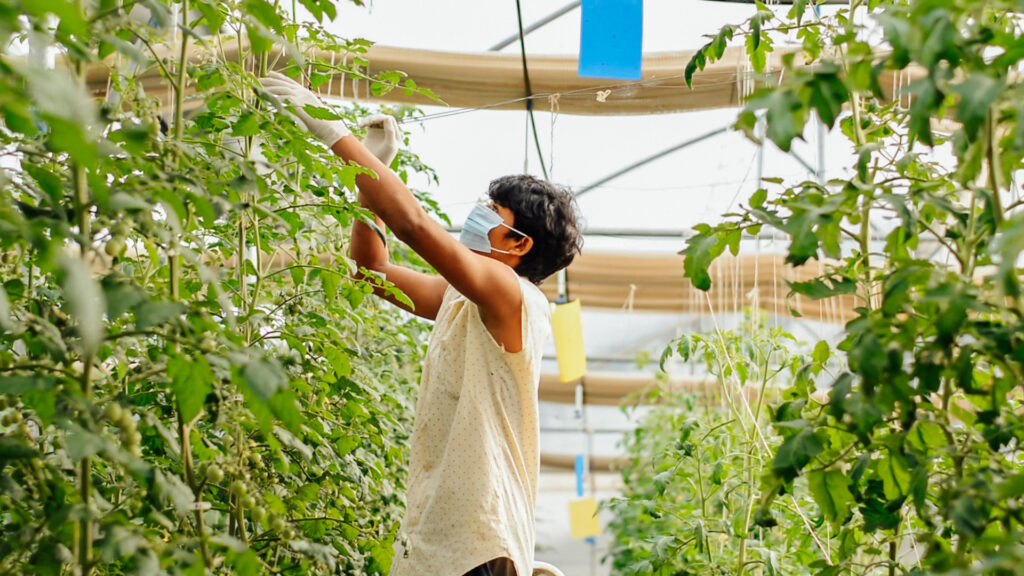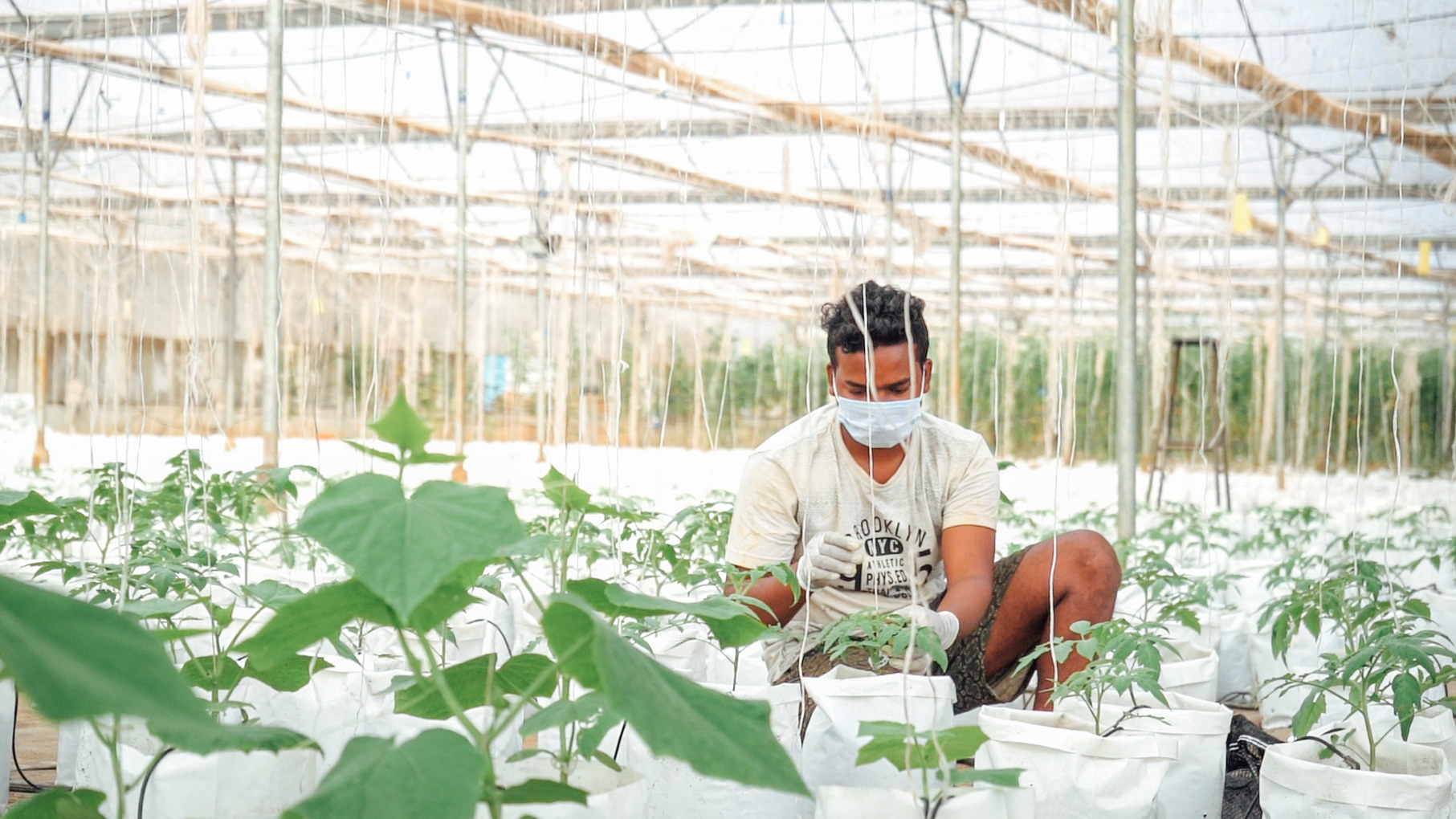Agriculture and its allied sectors are the largest sources of Indian livelihood.
Based on the Food and Agriculture Organisation of the United Nations (FAO) research, 70% of Indian rural households are primarily dependent on agriculture for their livelihood. The Indian economy is the largest producer of pulses, jute, and milk and the second-largest producer of rice, wheat, fruits, and vegetables globally.
India ranks second worldwide when it comes to farming outputs. But with growing production, the condition of the agricultural sector in the country and those who earn their livelihood through this have not seen significant development over the years.

The Current State of Indian Farmers
Indian farmers have a continued history of debts, acute poverty, and inferior quality of life. In addition to the existing problems in the agricultural sector, the global pandemic has intensified the pressure on farmers making sustenance a challenge.
Many farmers are forced to take up more than one job to sustain their households. About 50% or less of the total household income of a farming family comes from farming. Rising costs of farming and meagre pay for farm produce have contributed to many farmers being in these vicious cycles of debt and making it harder for them to escape from abject poverty.
Production risks, increased cost of cultivation, inadequate irrigation, drought, flood, and crop failure are all significant contributors to the debt of farmers. In addition to this, difficulty in selling the produce in the market makes or breaks a farmer’s income.
Despite being the primary source of livelihood in India, the agricultural sector leads to the most unstable incomes for the backbone of this sector, the farmers, especially the small farmers operating on less than 5 acres of land.
It might seem that farming is primarily impacting the farmers, but the current state of Indian farming directly impacts the four key stakeholders – consumers, farmers, the environment, and food security.
Taking this into account, Gourmet Garden has come forward to not only help the farmers of India but also to secure India’s future outputs without putting a lot of burden on its natural resources.

How is Gourmet Garden Creating an Impact on the Stakeholders of Farming?
Consumers
Today’s consumer is not receiving fresh produce as the demand is at an all-time high. To achieve the increasing demand, pesticides have continued to play an essential role in Indian agriculture, causing significant loss to the environment and human health.
Consumers are looking for healthier, better, and safe options in the market. Gourmet Garden’s production model promises clean, residue-free, and chemical-free produce for its consumers.
Farmers
The Indian agricultural sector has massive potential for productivity. However, given the consistent low productivity and ill-managed patterns, this sector has contributed significantly to the difficulty and poverty among farmers in India. Farmers are exiting the farming space, lands are getting unfertile, and there is a constant water shortage.
According to the World Bank, the adoption of innovative technologies and practices by farmers to increase agricultural productivity and improve incomes is a key solution. The business model of Gourmet Garden addresses this key challenge and steps in to solve a significant pain point of the Indian farming community – increasing income. Gourmet Garden tries to ensure better margins for farmers. If sold to the right parties, the overall revenue can shoot up by 500-1000% leading to 20-40x more income for farmers.
Environment
Different farming practices have different impacts on the environment and ecosystems around them. Agriculture is the second largest contributor to carbon footprint in the environment.
It contributes to multiple environmental issues that cause environmental degradation, such as climate change, deforestation, biodiversity loss, dead zones, genetic engineering, irrigation problems, pollutants, soil degradation, and waste. Most farming methods are also inefficient when it comes to water conservation. Hydroponic and Naturopomic farming techniques employed by Gourmet Garden use 80-90% less water, 60-80% less land, and we farm it close enough to cities, thus significantly reducing supply chain costs and actively adopting Carbon negative farming practices.
Food Security
The coronavirus pandemic has seriously challenged the existing food security in India. Coupled with bad agricultural practices, farmer exodus to cities, land-water shortage, and, more recently, the pandemic has severely impacted the livelihoods of millions of people in the agricultural sector. Many more are likely to be hungry because of the pandemic’s impact on economies leading us to the verge of a food security crisis. Based on the UN World Food Programme survey, COVID-19 will lead to a huge jump in the number of people facing extreme food insecurity worldwide – up to 265 million in 2020, up by 130 million. India needs an agricultural growth rate of more than 4% to overcome food scarcity and combat the food security crisis in the country.
In these rapidly changing times and rising needs, Gourmet Garden’s farming methods and practices are seeing the light of a new day. They are modern, sustainable, and aim to reduce the additional burden on farmers. Our solution is linked to both nutrition and survival, and these farming methods will become the norm in the next 30-40 years.
How do we make it happen?
Gourmet Garden’s Futuristic Farming Model
In the Gourmet Garden Farming Method, we eliminate challenges with regular farming that is often dependent on and hit by multiple variables such as – land, theft, pest, and unpredictable yield. Our model is built on secure cultivation practices in a greenhouse.
This farming model eliminates elements such as soil, water, and pesticide, which are triggers for contamination. We don’t use soil. We use neutral media, soft water, and non-chemical solutions like sticky traps and earthworms in place of pesticides.
We also enable sustainability when it comes to operational complexity in farming. Even without these variables, traditional farming techniques involve exhaustive physical activities such as trimming, ploughing, and water irrigation. Automation replaces these physically exerting activities.
What are the benefits of this model of farming?
- Eliminates unpredictability and variability
- Eliminates sources of contamination to soil, water, and the end produce
- Leads to protected cultivation and makes farming sustainable
- Automating and simplifying the job of the farmer
- It leads to higher yield but depletes fewer resources
- It makes farming an enjoyable activity
Sustainable Farming With Gourmet Garden
Our farms are spread across 180-200 acres of land, and we actively use 35 acres of land for controlled cultivation. We use naturoponic farming to produce our yields. It is the only sure-shot trusted farming method to ensure high-quality produce that is entirely free of contamination.
Our products are grown in greenhouses, in clean media like water or coconut fibre, with zero pesticides and non-GMO seeds. Therefore, the veggies are healthier, tastier, more water-rich, and safer than those from any other conventional farming approach.
A supply chain has two components – the source and the consumer. Gourmet Garden improves the quality of output, removes contaminants, improves the quality of produce, and does not cause nutrition degradation. Our products sell within two days, and we try to send fresh produce to the customer with as little degradation as possible.
At a time when sustainability is not just a fad but a need of the hour for both the output and for those who put in their hard work to produce the yield, we invite farming partners to join hands with the potential of higher yields, lower efforts, and simpler enjoyable farming.
Join the Gourmet Garden experience today!

